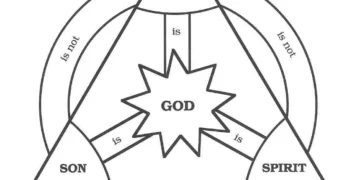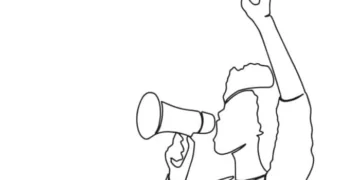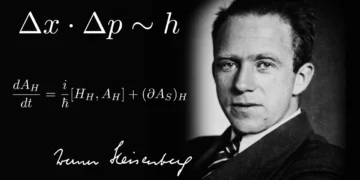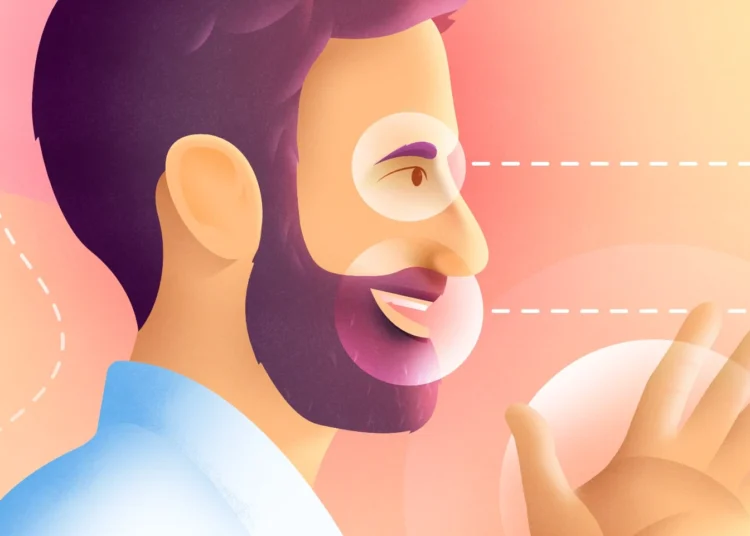Body language, also known as nonverbal communication, plays a crucial role in human interaction. It encompasses a wide range of subconscious gestures, facial expressions, and posture, which convey meaningful messages often more powerful than spoken words. This article aims to delve into the fascinating world of body language, discussing various signs to look for and their interpretive meaning. By understanding body language cues, individuals can develop stronger interpersonal connections, enhance communication skills, and even gain insights into emotions and intentions.
Introduction
Body language is an intrinsic component of human communication, serving as a nonverbal means of conveying thoughts, feelings, and intentions. It involves the use of gestures, postures, facial expressions, eye contact, and touch, which collectively contribute to the overall message being conveyed. Unlike spoken language, body language operates at a subconscious level and can often reveal individuals’ true thoughts and emotions. By being aware of these cues and understanding their significance, individuals can become proficient in interpreting body language, leading to more effective communication and improved interpersonal relationships.
Facial Expressions
The face is a powerful canvas of emotions and serves as a primary medium for nonverbal communication. Facial expressions such as smiles, frowns, raised eyebrows, and squinted eyes can provide valuable insights into an individual’s emotional state. For example, a genuine smile involving eye crinkling and raised cheeks indicates happiness or joy, whereas a raised eyebrow and furrowed forehead might suggest surprise or skepticism.
Posture and Body Positioning
Posture is another key aspect of body language that conveys a wealth of information. A person’s overall body stance, such as standing upright or slouching, can communicate confidence or submissiveness. Leaning in while engaged in a conversation demonstrates interest and engagement, while leaning away might indicate discomfort or disinterest. Crossing arms is often associated with defensiveness or disagreement, whereas open arms suggest receptiveness and approachability.
Gestures and Movements
Hand gestures can significantly enhance or modify verbal communication, serving as powerful visual aids. Examples include pointing, illustrating size or direction, or emphasizing emphasis through hand gestures. Additionally, fidgeting or repetitive movements may manifest nervousness, impatience, or restlessness. Understanding the context and consistency of such gestures can provide valuable clues about an individual’s emotional state or level of engagement in a conversation.
Eye Contact
Eye contact is a fundamental aspect of nonverbal communication. It indicates attention, interest, and trustworthiness. Steady eye contact often signals active listening and engagement, while avoiding eye contact might indicate shyness, dishonesty, or discomfort. However, cultural variations should be considered, as preferences for eye contact vary across different societies.
Proxemics
Proxemics refers to the study of spatial distances maintained during interactions. The proximity between individuals can reflect their relationship dynamics, cultural norms, and comfort levels. Intimate conversations typically involve shorter distances, while formal or unfamiliar interactions may require more significant personal space. Invasion of personal space without consent can provoke discomfort or defensiveness, so respecting proximity boundaries is crucial.
Microexpressions
Microexpressions are fleeting facial expressions that occur involuntarily and reveal underlying emotions. These brief expressions, lasting only fractions of a second, can convey concealed feelings or reactions. Understanding microexpressions can be beneficial in situations where individuals may try to hide their true emotions, such as during negotiations or high-stakes conversations.
Vocal Cues
Although primarily focusing on nonverbal cues, it is important to mention vocal cues as they complement body language. Tone of voice, pitch, volume, and speed of speech can provide valuable insights into an individual’s emotional state. For instance, a shaky voice might indicate nervousness or anxiety, while a calm and steady voice could signify confidence or authority.
Cross-Cultural Considerations
It is essential to acknowledge that body language cues and interpretations can vary across cultures. Gestures and postures that hold specific meanings in one culture may be perceived differently in another. To avoid misinterpretation and misunderstanding, it is crucial to be culturally sensitive and understand the cultural context when observing and interpreting body language cues.
Understanding body language is a process
Body language holds an immense power to influence human interactions and communication outcomes. Being proficient in decoding nonverbal cues equips individuals with valuable insights into emotions, intentions, and overall messages that may be unspoken or concealed. By developing an awareness of facial expressions, gestures, postures, eye contact, and vocal cues, individuals can build stronger connections and foster better understanding in various personal and professional interactions.
Understanding body language is an ongoing learning process, and mastering it requires practice and attention to detail. By becoming adept at reading nonverbal cues, individuals can improve their communication skills, enhance empathy, and develop more meaningful connections in all areas of life.
















































































